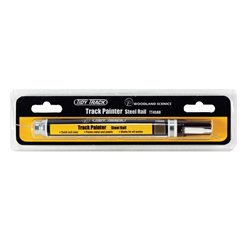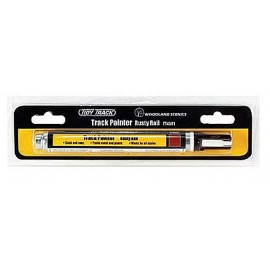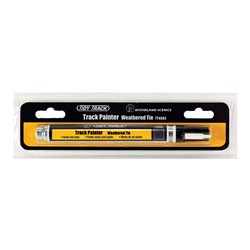Generally, plastic model plane kits do not come with plinths supplied. Nowadays, the majority of kits are designed to...
No products
Product successfully added to your shopping cart
There are 0 items in your cart. There is 1 item in your cart.
Search Tips
Christmas and New Year
We are dispatching orders every weekday apart from Christmas Day, Boxing Day and New Year's Day.
If you order is time critical, select next day delivery at checkout.
The shop in Sandown is closed from 25th December, reopening on 30th December.
Are there any issues with weathering the rails on my layout ?
Many modellers like to weather various aspects of their layouts in order to create realistic weather or age-related effects. There are a number of different ways to do this including washes, pigments or specific painted-on effects. These can be highly effective at enhancing the look of certain scene elements such as building and rolling stock. As such, they enhance the visual impact of the layout but have no adverse effects.
This can be a more tricky issue to manage when a modeller is looking to weather their track and track beds. A number of manufacturers will produce weathering media specifically for this purpose including paints and track painter pens. The resulting problem is that when painted, the paint used to weather the track acts as an electrical insulator, effectively cutting off conductivity to any locomotive. Where the weathering effects are used on rails that are only intended purely for show this is not an issue. However, on live rail, this will present a problem.
Luckily there is a compromise that will work well in this instance which will allow the modeller to have their weathered track whilst allowing electrical conductivity. When weathering the rails it is good practice to specifically use a track painter. This will ensure that the track receives a subtle coating of weathering agent. The top layer of which can be subsequently and gently removed by a track rubber. This will allow the overall weathering effect to remain in place but will ensure that a sufficient surface is clear, thus allowing sufficient electrical conductivity for the operation of locomotives.
Click here to receive the tips weekly in your mailbox. You can unsubscribe at any time.










